
The above photo comes from a Guardian article ‘Road to ruins: Peter Mitchell’s crumbling Leeds – in pictures’.

The above photo comes from a Guardian article ‘Road to ruins: Peter Mitchell’s crumbling Leeds – in pictures’.
More good stuff… Again from The Guardian.
K8 boxes are last in the line of classics, say campaigners as nine still in working order get heritage protection
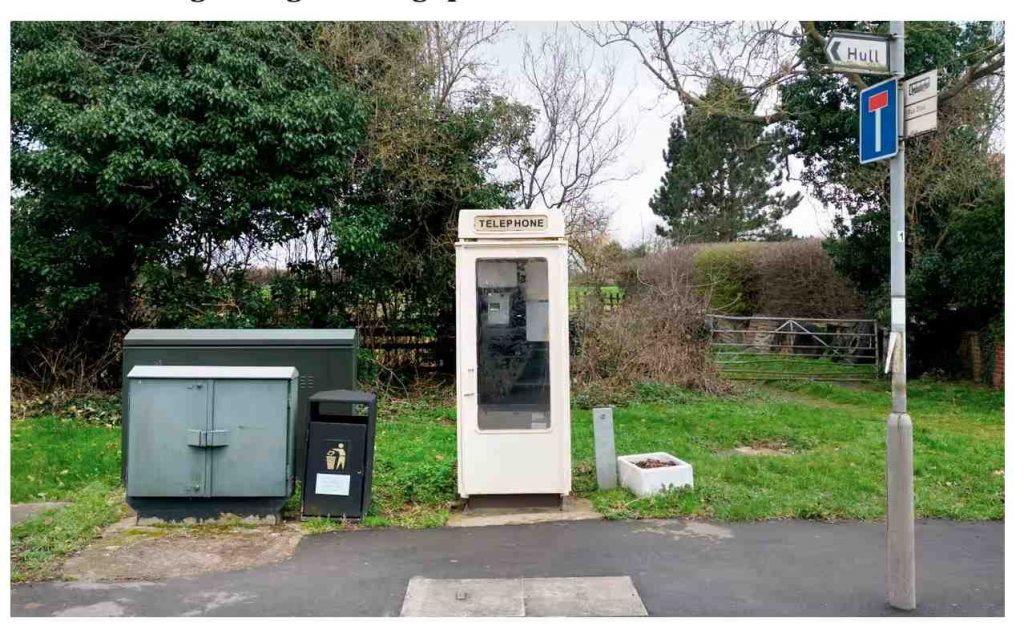
Nine rare cream-coloured public phone boxes that are still in working order have been given heritage protection by the government.
The K8 phone boxes are all cream – rather than red – because they are in Hull, the only place in England where the local council ran the public telephone network.
On the advice of Historic England, the Department for Culture, Media and Sport (DCMS) said it was listing the best surviving nine in Hull and its surroundings at Grade II.
Sarah Charlesworth, the listing team leader for the north at Historic England, said the phone boxes were something from a bygone era.
“Nowadays we have mobile phones, so the need for a phone box has declined, but a lot of people still remember when that was the only option,” she said.
“For many of us they’ve been the scene of memorable moments in our own lives, from furtive conversations with first boyfriends to desperate calls home when we’ve been in a fix.”
Charlesworth said remaining phone boxes today were often mini libraries or pop-up art galleries, so for Hull’s still to be in use was “really quite rare”.
The Twentieth Century Society, a heritage campaign group, welcomed the move. Its director Catherine Croft said: “The K8 is really the last in the line of the classic telephone boxes and their plight has long been a cause for C20 Society, so we’re delighted to see another brace of boxes recognised with national listing.
“They’re the perfect example of how good design – no matter how small – can help enrich our high streets and communities.”
The K8 phone box was designed in 1965-66 by the architect Bruce Martin, who had been commissioned by the General Post Office. They were an easier-to-maintain update to the K2 and K6 boxes designed by Giles Gilbert Scott.
About 11,000 were installed across the UK and most were removed by British Telecom after privatisation in 1984. They were replaced by the widely disliked KX100 kiosk, a more functional and accessible phone box described by one Guardian writer as “utterly bland” and “plain nasty”.
Only about 50 of the K8 boxes still exist, some of them already listed such as examples in Swindon and on the platform of Worcester’s Shrub Hill railway station.
They are now joined by the Hull K8s, which were made cream to mark Hull’s independence from the network. Today, Hull’s network continues to be run by an independent company, KCOM.
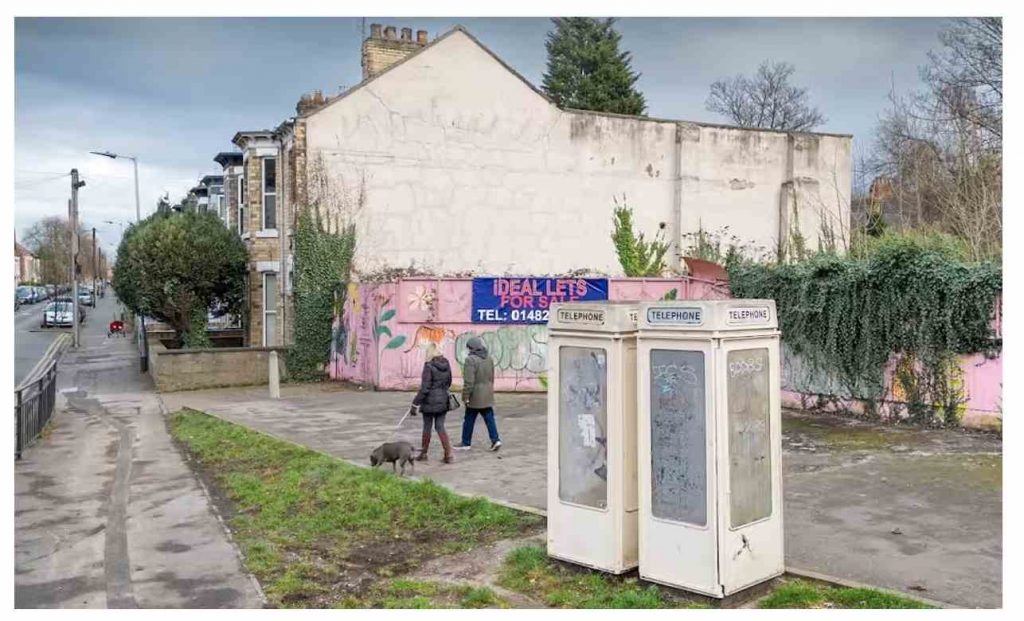
Comments Off on Hull’s cream-coloured phone boxes given Grade II-listed status
Tagged heritage and history, UK, urban
This is the kind of news we like… From The Guardian.
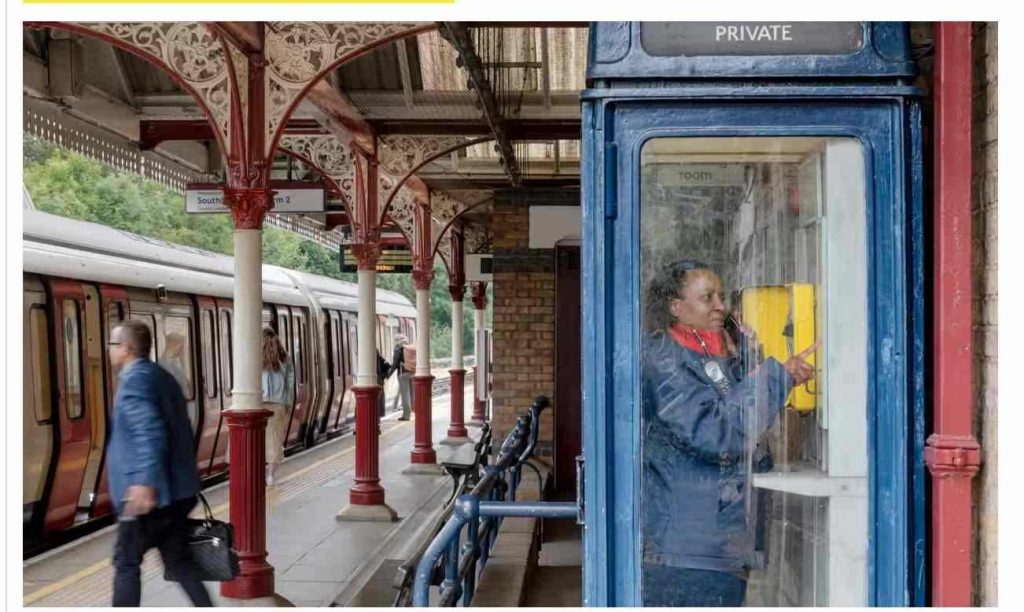
K8s installed on tube stations between 1968 and 1983 are listed for architectural and historic interest.
Four rare phone boxes on London Underground stations have been given Grade II-listed status by the government for their architectural and historic interest.
The phone boxes are among 11,000 K8 kiosks that were installed across the UK between 1968 and 1983. Only about 50 remain, mostly in Hull where they were part of an independent phone network rather than the property of British Telecom.
The K8s on tube stations were owned by London Underground and housed an internal phone system for station staff. As such, they were painted different colours to the traditional red phone boxes.
The newly listed boxes are at High Street Kensington and Chorleywood, both blue; Chalfont and Latimer, maroon; and Northwick Park, which is white.
Tom Foxall of Historic England, the body that recommends listing to the government, said: “There are very few designs that can be genuinely termed as ‘iconic’ but the K8 is certainly one of them. Like its predecessors, this kiosk was a defining feature of 20th-century Britain’s physical, technological and cultural landscape. Very few K8s survive, so they certainly need to be cherished and protected.”
The K8 was commissioned by the General Post Office, which owned the public phone network in the mid-60s, and designed by the architect Bruce Martin. Unlike the classic dome-topped K2 and K6 boxes, designed in the 1920s by Giles Gilbert Scott, which have architrave moulding and glass panelling, the K8 is minimalist with a flat roof and single large windows.
Most of the 11,000 K8s were removed by British Telecom after it was privatised in 1984. They were succeeded by the aluminium-framed KX100, most of which have since been ripped out with the inexorable rise of mobile phones.
The four tube station K8s join nine K8s in Hull that were listed earlier this year, giving a total of 23 on the national heritage list for England.
Historic England has appealed to phone box enthusiasts to help the search for unrecorded K8s.
Lord Parkinson of Whitley Bay, the arts and heritage minister, said: “This distinctive telephone box design, once a ubiquitous part of daily life in the UK, is now rare to see in our public spaces. I am delighted these remaining examples have been listed so that their design can continue to be admired and enjoyed for years to come.”
By 2021, about 21,000 working public phone boxes remained in Britain, from a peak in the mid-90s of about 100,000. More than 6,000 have been converted to other uses, such as community libraries or to house public defibrillators. 96% of UK adults own a mobile phone.
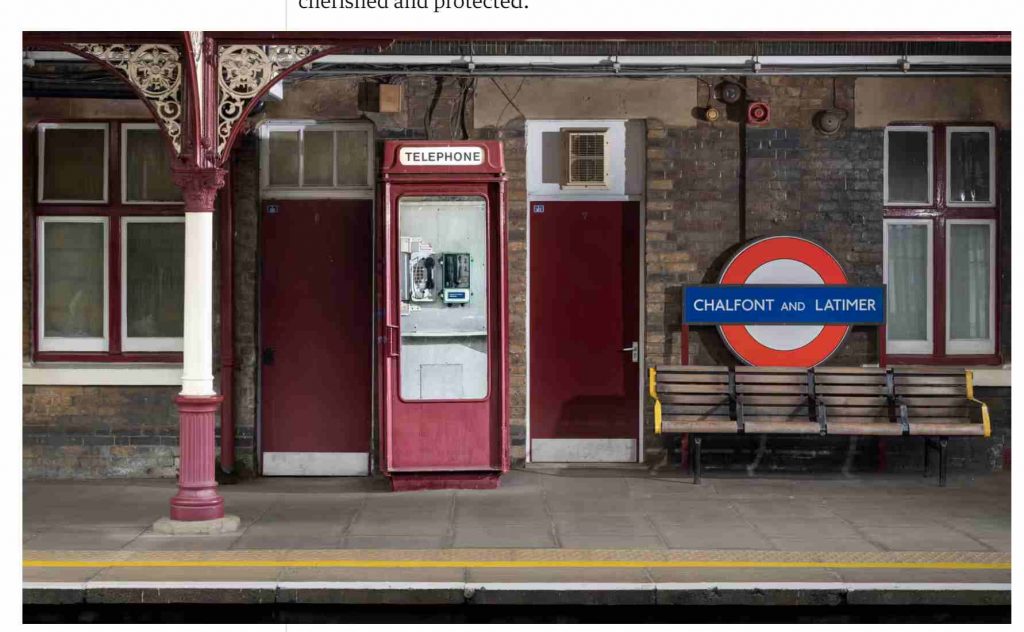
Comments Off on London Underground phone kiosks given Grade II-listed status
Tagged heritage and history, UK, urban
Canterbury: The odd thing about these boxes is that they were both padlocked.
This image from Have I Got News For You.
Comments Off on Coronation celebrations
Posted in Geography
Tagged heritage and history, rural, UK, urban
From an article in the Guardian titled Trapped in time? This photo is by Ian Howorth.
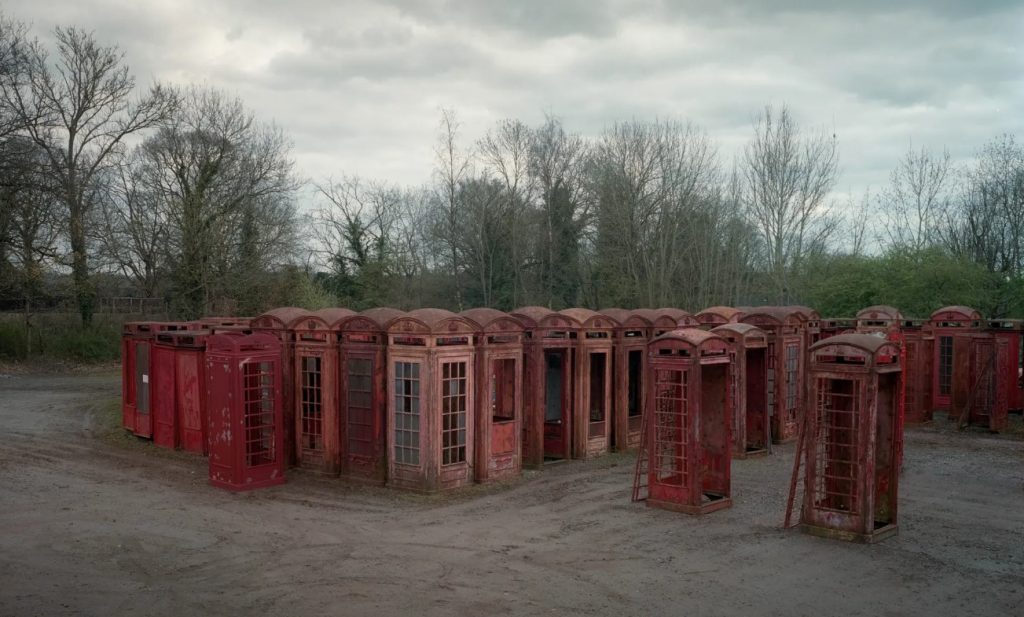
Found in the archives
I came across an exciting find in the archives recently – a tv script from June 1992 entitled ‘BT Payphones’. Written by Crystal Images, likely for the tv show Tomorrow’s World, it includes scenes extolling the virtues of the payphone and selling it’s latest development, such as multiple payment methods. It seems that by the early 1990s our favourite red box was already seeen as ‘quaint and traditional – a unique symbol of Britain’s heritage’.
Here are a couple of screen shots:
Comments Off on Found in the archives
Posted in Comment
Tagged curiosity, heritage and history, television, UK